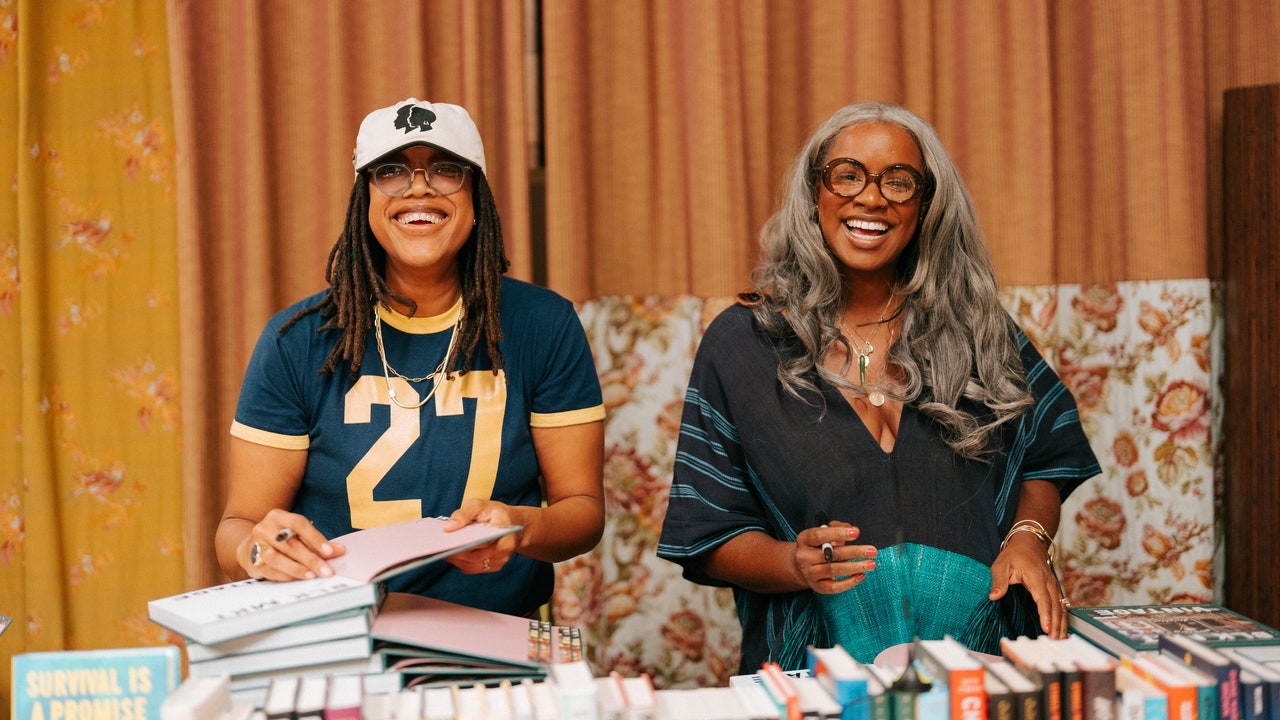It can be really difficult to figure out how to honor your heritage in your home without it feeling like you’re playing into a theme of sorts. Do you have any tips on how to incorporate these items into your space while still making it not like a museum where you can’t touch anything?
Kiyanna: I think about this often, because everyone really is different. Generally, we are folks who like to live amongst our things. I think about that with respect to Black folks, living amongst and really enjoying the objects that we live with. They are tied to our identities, our communities, our families.
Jannah: Specifically speaking on heritage, so much of our story is not just Blackness. I have a big collection of vintage cameras, and someone once asked “Oh, how is this camera Black?” It doesn’t have to be a raced object. We encourage folks to explore what interests you. Did you used to do ballet? Put the ballet slippers on your collage wall. That idea of showing the totality of who you are helps to show your heritage.
On the subject of museums, as Brooklyn natives, how does it feel to have a permanent installation at the Brooklyn Museum?
Kiyanna: It feels really, really special. When we announced it we felt really held by the community. We both grew up about five minutes from the museum and have spent a lot of formative years both inside that institution, around that institution, you know—that’s our neighborhood. We recognize the importance of cultural institutions and art institutions. This installation in particular was really special because we centered it around the Black home. Literally, our [childhood] homes are right there. It’s an opportunity to bring a Black home into the museum space, and to do it for an exhibit that was about American art. Not Black American art or Black interiors—not in a more specific way, but this very general American art topic. There were some connections there that were validated by folks at the institution that just felt really great and I feel really proud.
Jannah: It felt like a full-circle moment. Also, seeing the growth of the institution—the idea that an institution like the Brooklyn Museum would invest in a space to make it expressly Black, that was a big blessing in this process. That we were able to support other Black folks at the museum who wanted this to happen, but also that they saw fit to choose us to help it come to fruition.

